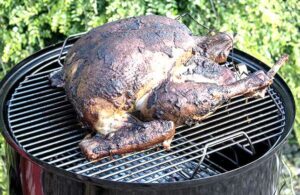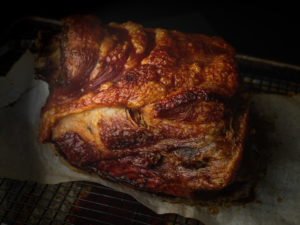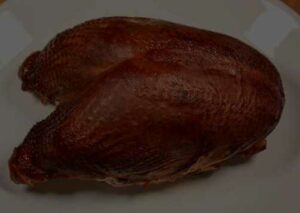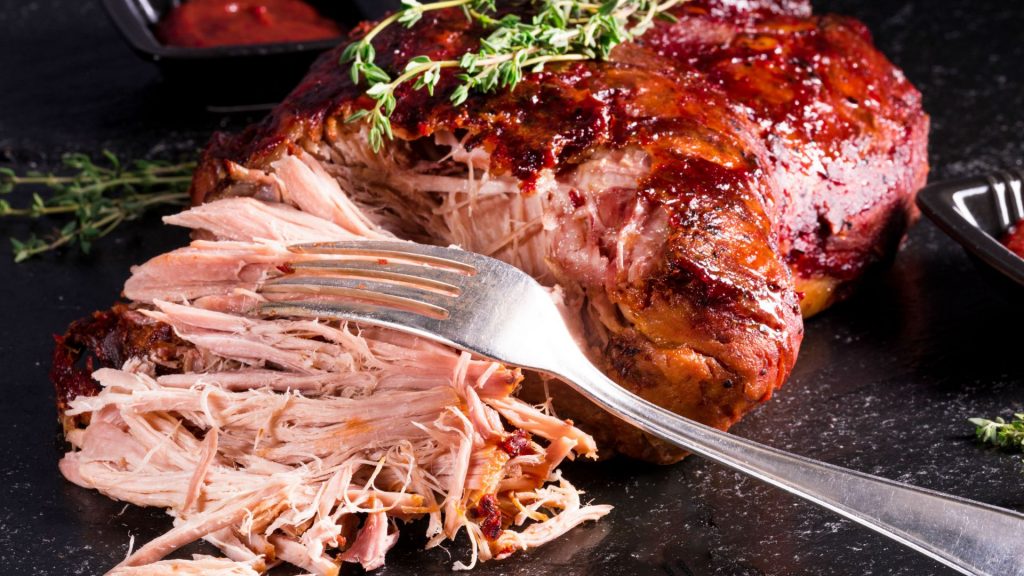How Long Does Smoked Meat Last?
A mouthwatering aroma and flavour await you when you bite into some smoky meat. Both of us are unable to do so. Even though we now have refrigeration to preserve meat, the old art of smoking meat is still practised in the contemporary day. There is no reason why not. It’s very good!
In order to preserve our smoked meats, we must first learn how to properly store them. A single question must be answered: How long does smoked meat stay good for?
The art of smoking meat extends back thousands of years, and it is one of the oldest methods of preserving meat. There is, however, a safe and proper manner to go about doing this task. To ensure that you can savour that smoky smoked meat safely, the following information has been gathered from many online sources and studies.
What Does it Mean to Preserve Meat?
To put it simply, meat is preserved in order to increase the period of time it can be eaten without rotting. In the days before refrigeration and freezing, food preservation was essential. A combination of smoking, curing, and drying was utilized to preserve meat in the past. In order to protect the meat from harmful microorganisms, this was a need. You can get food poisoning from as little as ten e.coli germs. Nearly 3,000 people die each year as a result of food poisoning, according to the CDC. 128,000 individuals are hospitalized each year, while an estimated 48 million people are ill each year.
If you take a few simple precautions, you can greatly reduce your risk of food poisoning. The four primary types of preservation are summarized here.

Main Types of Preservation
1. Drying Preservation
To put it simply, the goal of this operation is to preserve the meat. It is also known as smoked meat and is made by first soaking the meat in a salt brine for about a day before drying it out over a fire. To enhance the flavour, herbs were frequently mixed in with the salt. With the help of heat and salt, the meat is better able to retain moisture. If you keep the meat dry after it has been cured, it will last virtually eternally.
2. Curing Preservation
Similar to drying, but with a much higher concentration of salt. Heat is not required for curing because more salt is utilized.
3. Smoking Preservation
This is when the meat is cooked over an open flame or in a smoking device. The smoke contains aldehydes, which act like salt by evaporating the meat’s moisture.
4. Canning Preservation
This is a relatively new method of preserving meat, and it is widely used nowadays. It prevents the meat from rotting by sealing it in.
Beef, pig, and fish generally respond well to drying or canning and rehydrate well for consumption. Chicken does not fare well with these procedures since the meat quality suffers. The only way to properly smoke chicken is to brine it before cooking.
Prior to the invention of refrigeration, meat was normally preserved via a combination of smoking and drying. People nowadays frequently create smoked meat just because they appreciate the flavour. Smoking the meat raises the temperature much over the 160°F required to kill the germs.
Furthermore, the smoke and dryness on the outside of the meat will seal it, but unless the meat is dried, the inside contains moisture, which bacteria enjoy. Bacteria have an entrance point to the liquid inside the smoked meat as soon as you stick a fork or knife into it. As a result, it is critical that you utilize proper refrigeration and freezing processes to ensure the food’s safety.
When it comes to meat safety, keep in mind that not all meats are created equal. Factors such as the sort of meat and how it is prepared before reaching the consumer are examples of such factors. Beef is one of the toughest meats to withstand germs, according to Food Safety and Inspection Service (FSIS) guidelines, while the chicken is one of the quickest to degrade.
But you must also consider the preparation, such as sausages, ground, or steak. Here’s a quick method for cooking safe meat:
- Make sure to cook poultry and sausage to an internal temperature of 165 degrees Fahrenheit.
- Internal temperatures of 160°F are required for ground meats, such as pork or beef.
- Internal temperatures of 145 degrees Fahrenheit are required for steaks, roasts, and chops when they are being prepared as such.

Should You Refrigerate or Freeze Your Meat?
After cooking your meat, always put it in the fridge. The Food and Drug Administration (FSIS) asserts that cooked meat has a two-hour shelf life before it is at risk of infection. Remember the following crucial details:
1. Refrigeration is fine if you plan to eat the remaining amount within four days. Here’s a brief guide on storing your raw meat in the refrigerator:
- The meat should be sealed in an airtight and shallow container or a high-quality vacuum packing.
- Within a period of four days, consume the meat.
- To kill bacteria, always cook meat to the recommended internal temperature.
2. The freezer is your best bet if you can’t finish your meals within four days.
- Because freezing does not eliminate microorganisms, it is important not to contaminate the meat before it is frozen. When the meat is thawed, it will begin working.
- Ensure that the food is firmly wrapped to avoid freezer burn and retain its natural juices and flavour.
- Food Fire Friends recommends using aluminium foil to double-wrap your meat. There are many advantages to using this method, including ensuring the meat is properly wrapped and sealed.
After thawing meat for consumption, always reheat it to the recommended internal temperature to destroy microorganisms. If the meat gets brown and has a slimy texture, discard it. It is not safe to eat.

How to Prolong Your Smoked Meat Life?
You may extend the shelf life of your smoked meat by following these simple guidelines:
- Wrap and refrigerate smoked meat correctly
- Smoked meat should be eaten within four days of being refrigerated.
- Keep it out of the freezer for no more than three months. You and your family will be in danger if you stay any longer.
- Make use of the tiniest airtight container feasible. When it comes to preserving smoked meat, it’s best to avoid exposing it to air.
- Maximize preservation by vacuum packing or storing in sealed pouches.
- Refrigerate meat within two hours of cooking and it will last for up to four days.
When is Meat Dangerous/Unsafe for Consumption?
Don’t eat the meat if it smells strange or feels a little slimy. It’s best to throw it away and start again with a new one.
In addition, toss it away if you have any questions regarding its quality. To determine if something is okay, don’t eat it. You can only taste a small bit of it once it has been reheated to at least 165 degrees Fahrenheit inside.

Final Thoughts
You now know how long smoked meat lasts and these tips will help you become a safer smoker.
Finally, it is advised to refrigerate meat and poultry within 2 hours of smoking. Cut the meat into tiny pieces and refrigerate. Use it within 4 days or freeze it for later use.
For up to two weeks in the refrigerator and one year in the freezer, you can preserve cured/smoked poultry, according to the Texas Agricultural Extension Service. Cured fish can be kept in the refrigerator for up to 14 days or the freezer for up to 2-3 months.
In order to keep vacuum-packed meats (smoked fish, etc.) safe, they must be stored at 40 degrees Fahrenheit. If you have a freezer, it should be kept at a temperature of 0 degrees Fahrenheit (-17 degrees Celsius) or below.
Meat preservation is an ancient art that has been passed down to us Omnivores. Our primary method of preserving meat today is refrigeration, but it doesn’t mean that the ancient ways of preservation have been lost or abandoned. This includes those like survivalists and outdoor enthusiasts who wish to preserve meat the old-fashioned way, as well as weekend hobbyists who simply appreciate the one-of-a-kind amazing taste of smoked meat.


